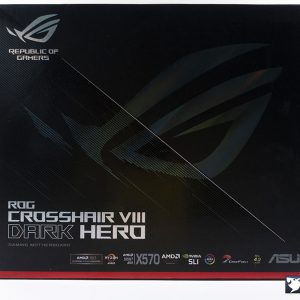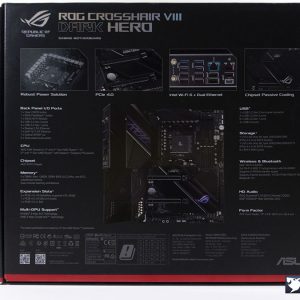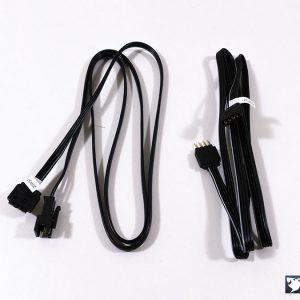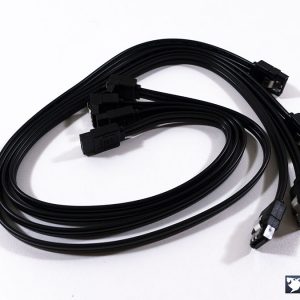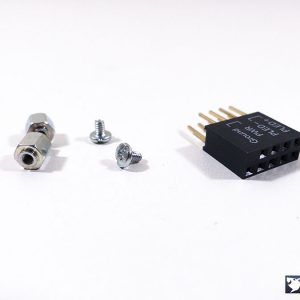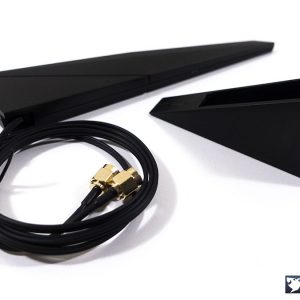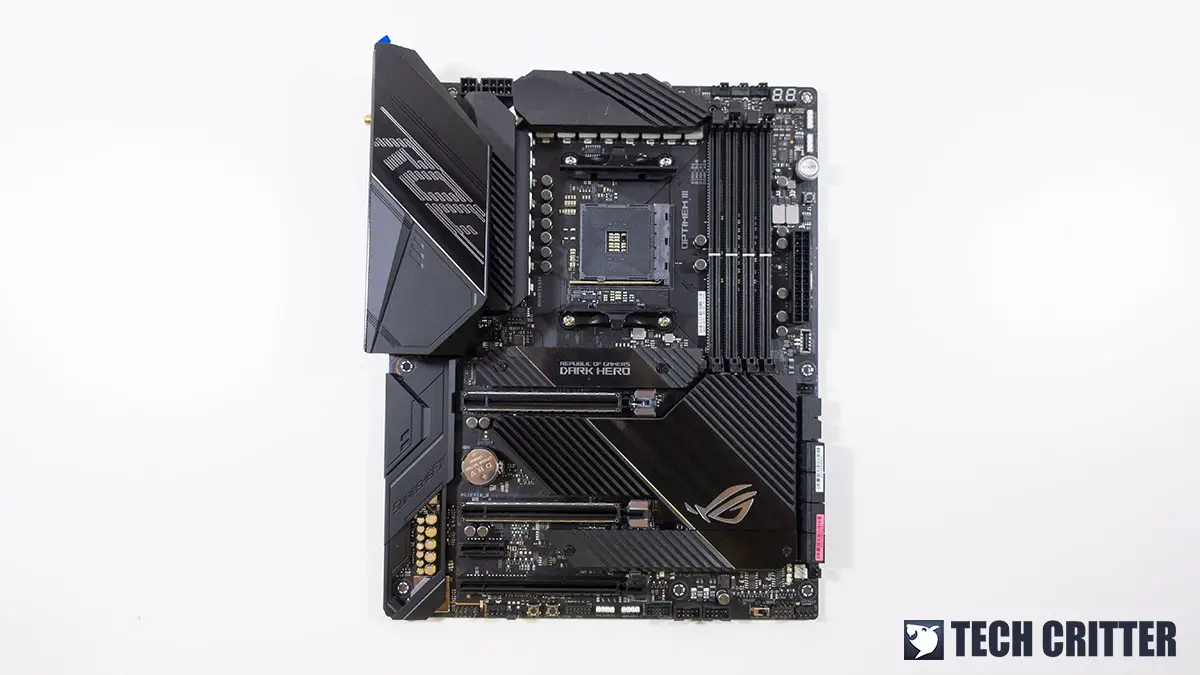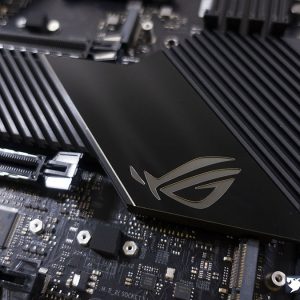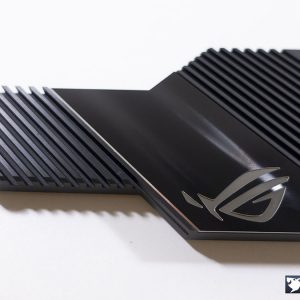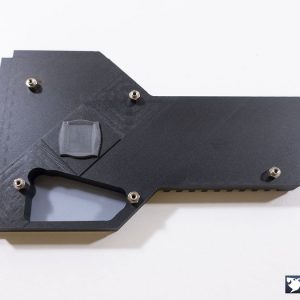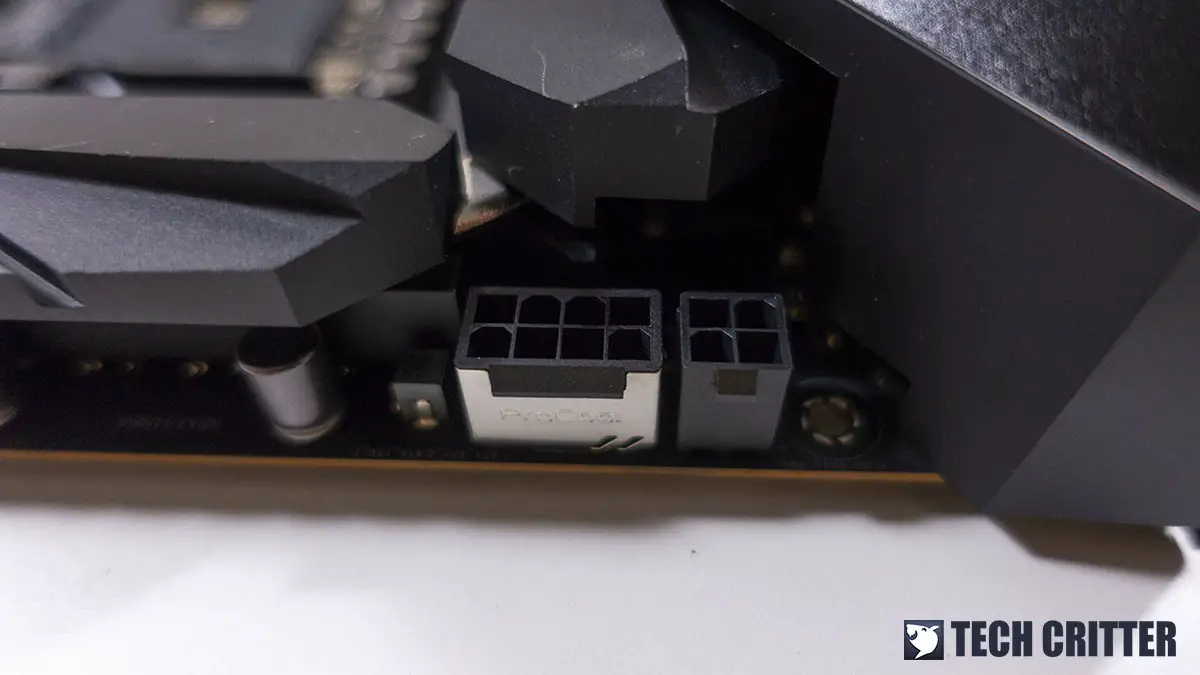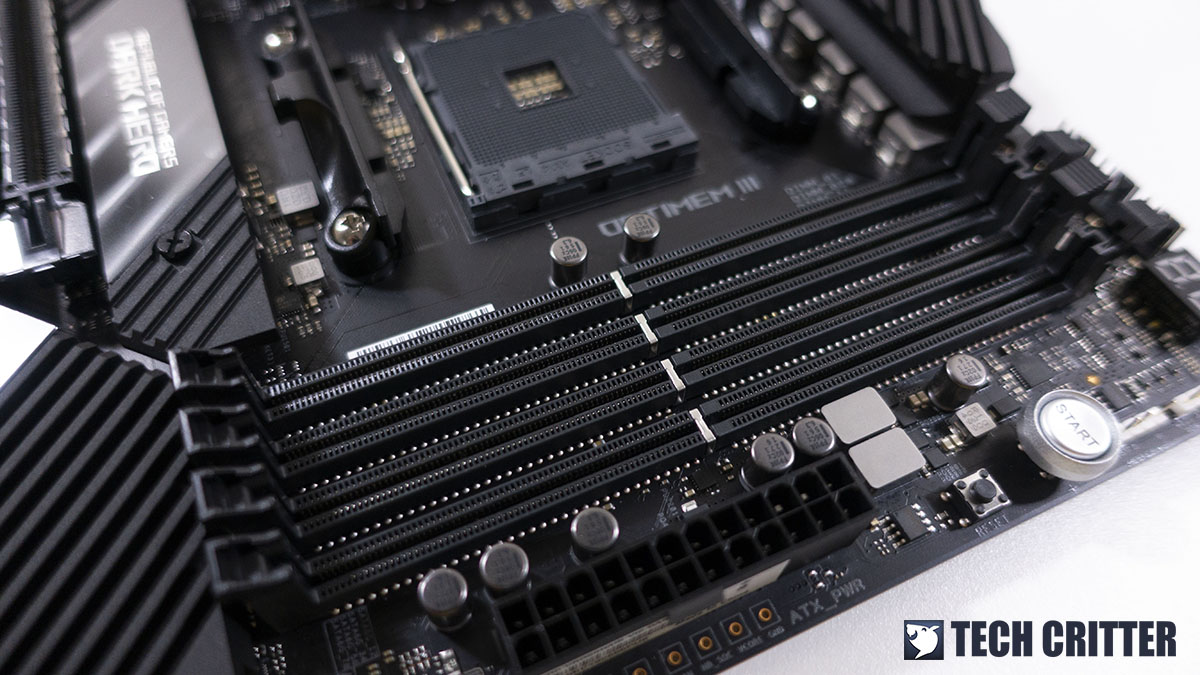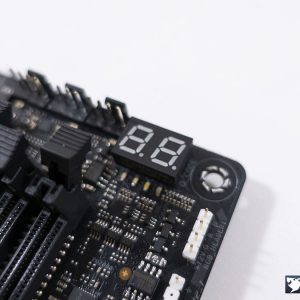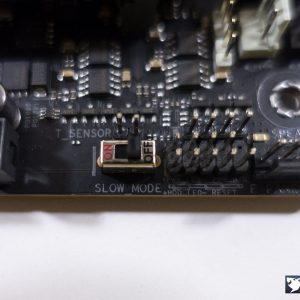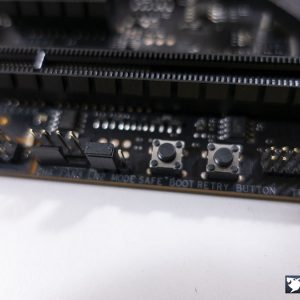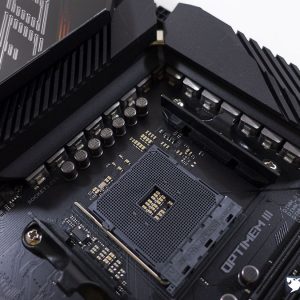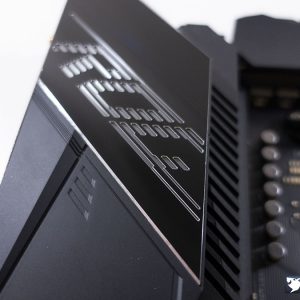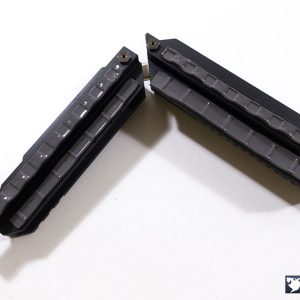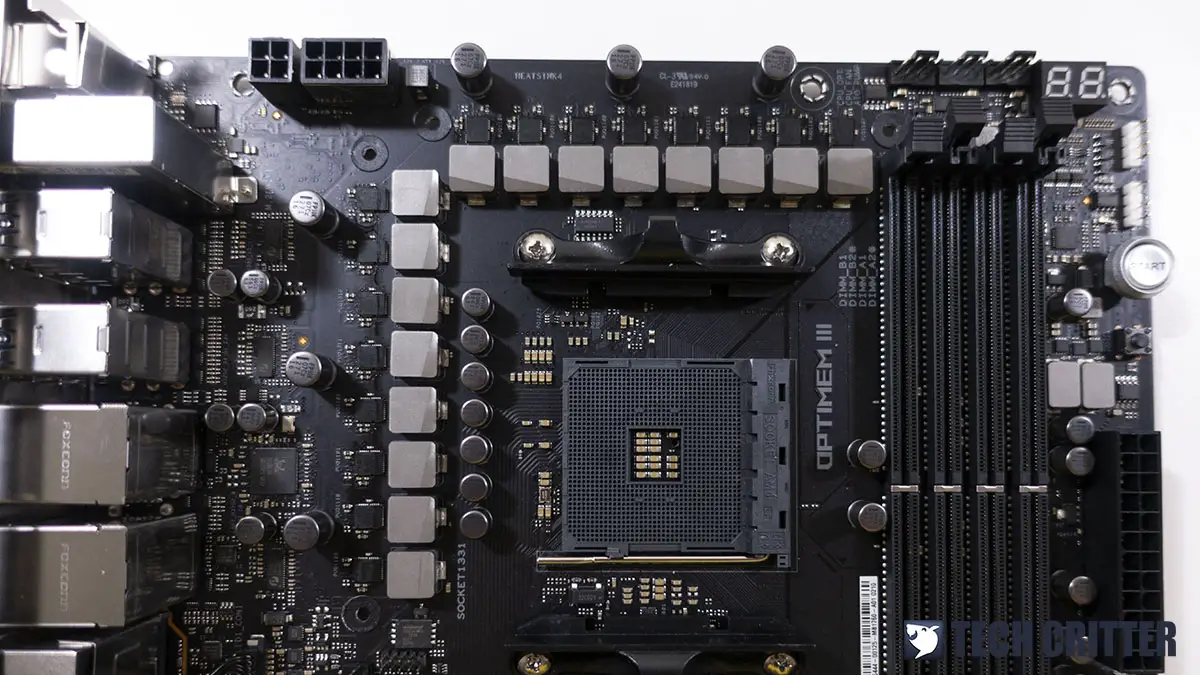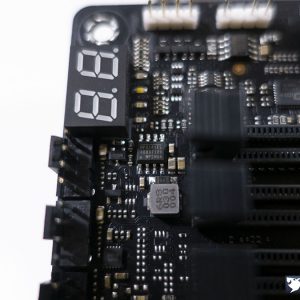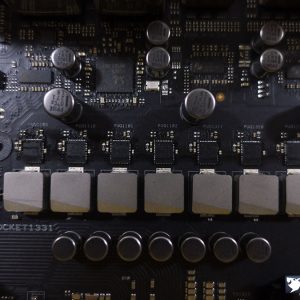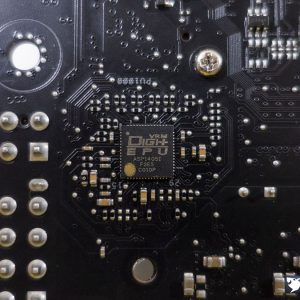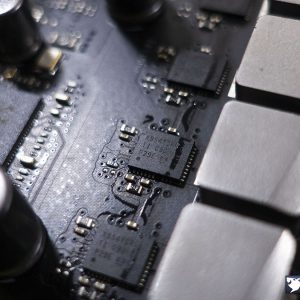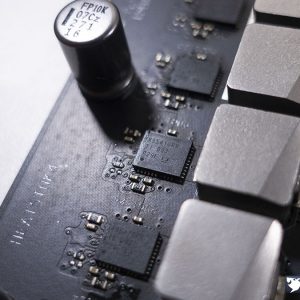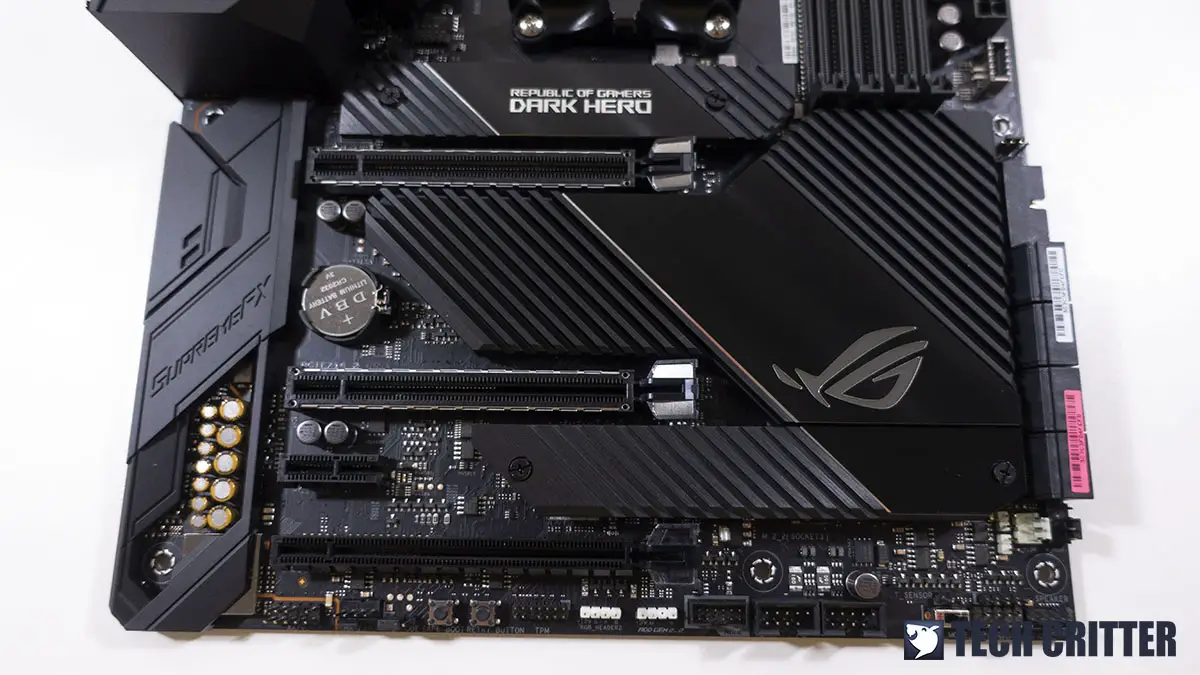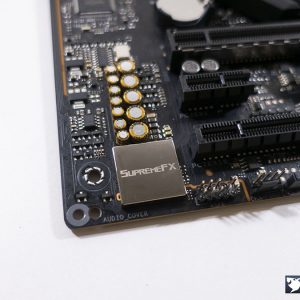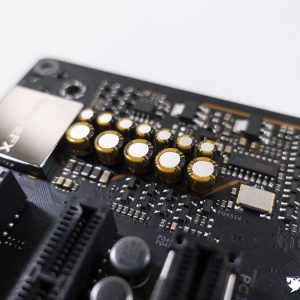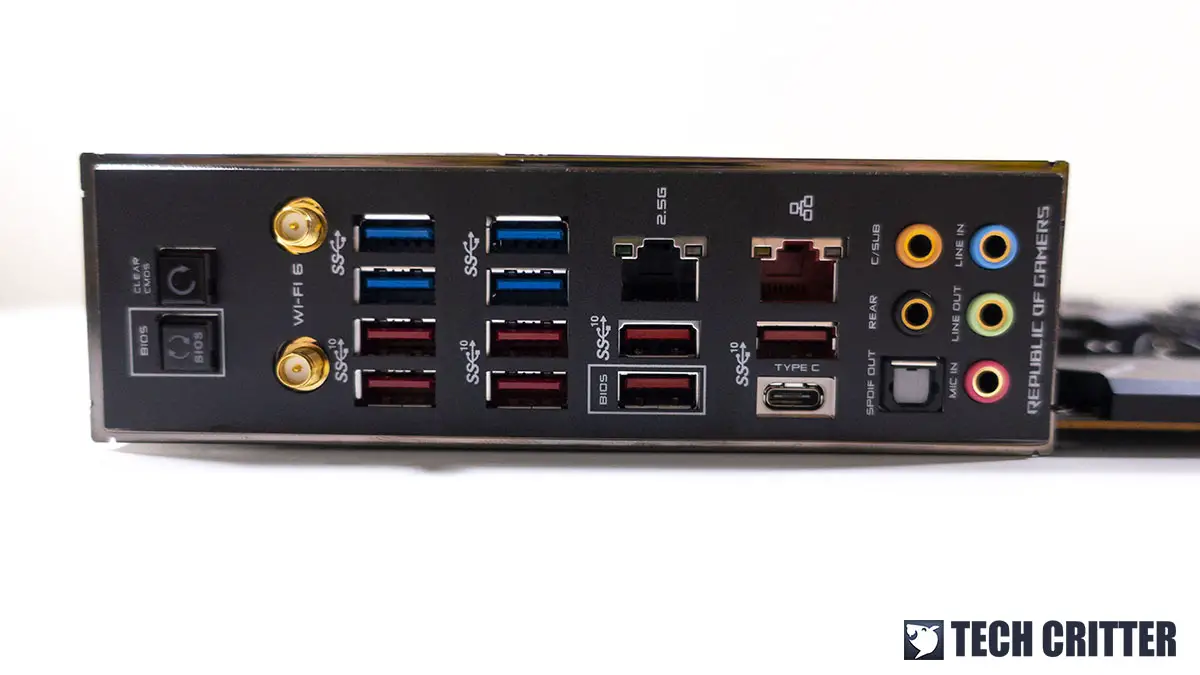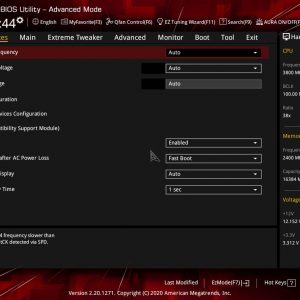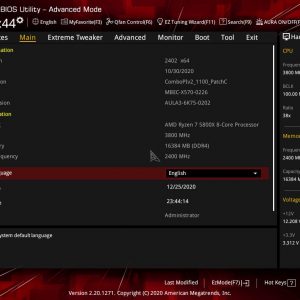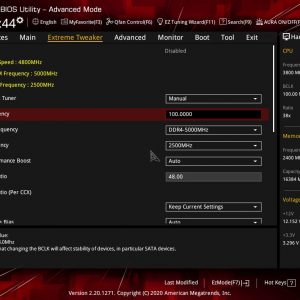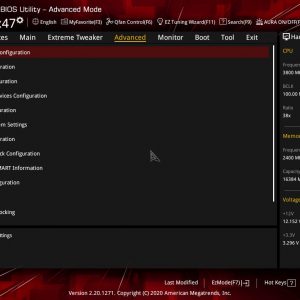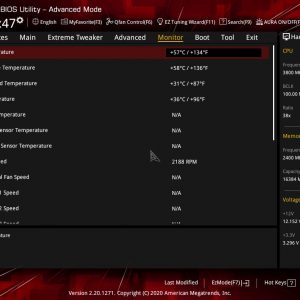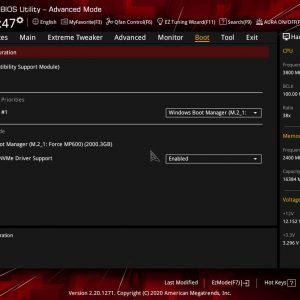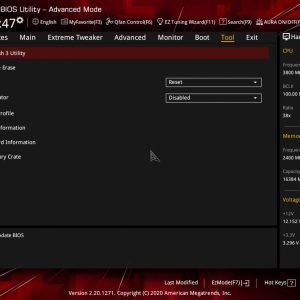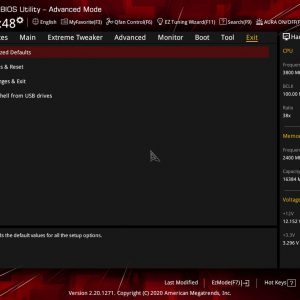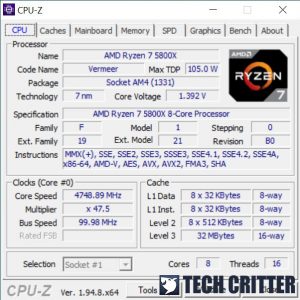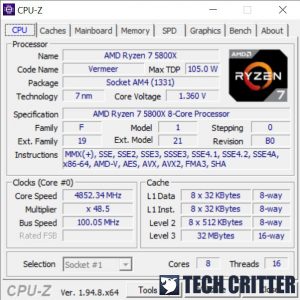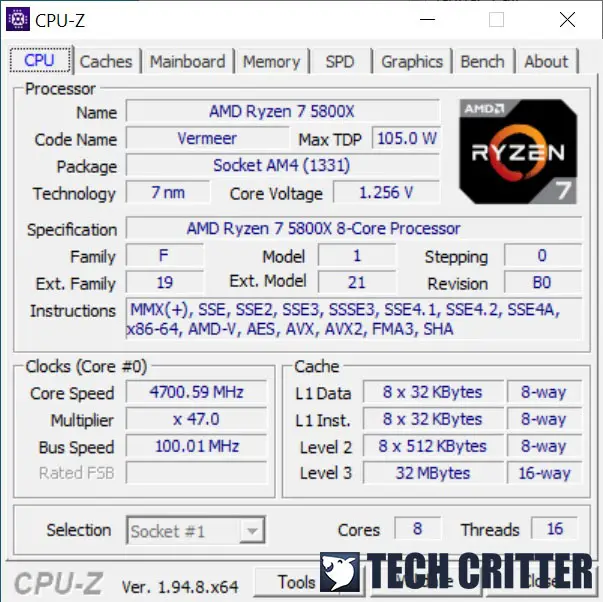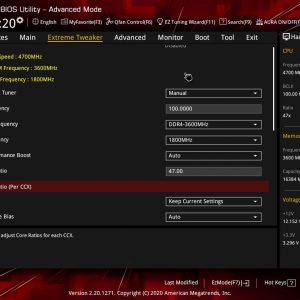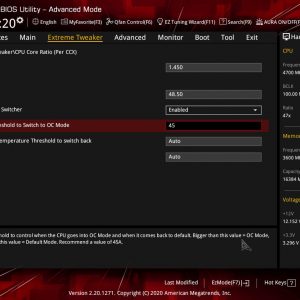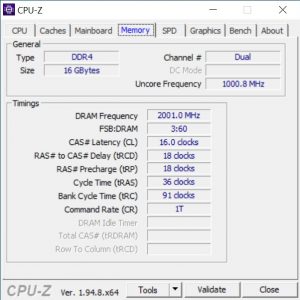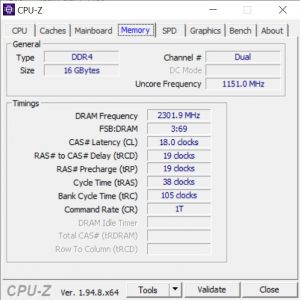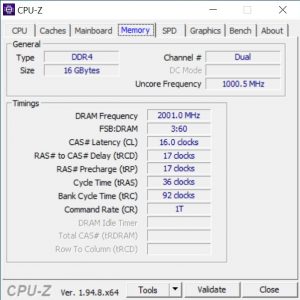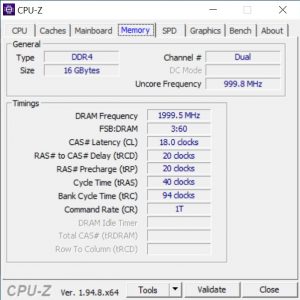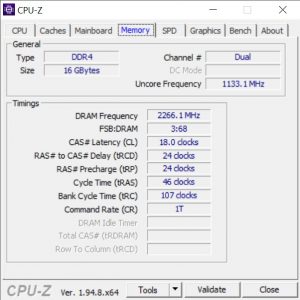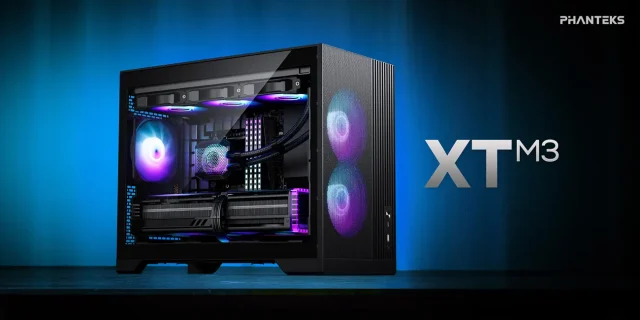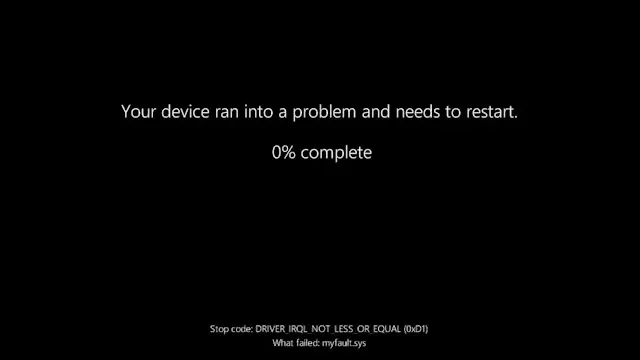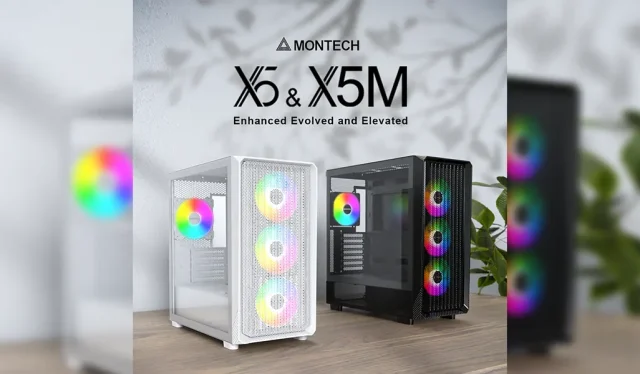It’s been quite a while since AMD launched its X570 chipset motherboards but despite being designed for the Ryzen 3000 series processors, it can also support the latest Ryzen 5000 series processors with a simple BIOS update. Though we haven’t seen any newer revision of the X570 chipset motherboard since its official launch, until very recently, with ASUS releasing its new ROG Crosshair VIII Dark Hero.
The ROG Crosshair VIII Dark Hero is a new revision that is based on the existing ROG Crosshair VIII Hero, with improved power design and cooling, as well as a new color accent that is pretty much self-explanatory. We don’t have a ROG Crosshair VIII Hero with us for comparison but we still have some of the previous X570 boards with us for some comparison.
Specifications
| CPU support | AMD AM4 Socket for AMD Ryzen 5000 Series/ 4000 G-Series/ 3000 Series/ 3000 G-Series/ 2000 Series/ 2000 G-Series Desktop Processors |
| Chipset | AMD X570 |
| Memory |
|
| Expansion slots |
|
| Storage |
|
| Network |
|
| Other Features |
|
| Back I/O Ports |
|
| Audio |
|
| Internal I/O Ports |
|
| Accessories |
|
| Form factor | ATX Form Factor (305mm x 244mm) |
Unboxing
At first glance, we can immediately see the difference in terms of the design of the packaging. The red-black contrast isn’t as obvious as most of the ROG products we’ve seen in the past and it’s probably made this way to fit the color scheme and name for the Crosshair VIII Dark Hero. Some brief introduction on the details such as the product specifications, features highlight can be found at the back of the box, but you can always visit the official product page to learn more.
Under the accessories compartment, you’ll find two different sections with different content: one with the usual user’s manual, ROG coaster, ROG case badge, ROG label stickers, and driver CD, and the other one with the RGB cables, SATA cables, screws and stand-offs for M.2 SSD, Q-Connector for the front panel buttons, and the Wi-Fi antenna.
The ROG CROSSHAIR VIII DARK HERO
As mentioned earlier, we don’t have any ROG Crosshair VIII Hero with us for a side by side comparison but if you’re currently using one or previously owned one, the layout on the Crosshair VIII Dark Hero is definitely something that you’ll be really familiar with. For the design, it’s pretty much a darkened version of the Hero, replacing the gray accent with black to fit the name for the Dark Hero.
The most notable change you can see on the ROG Crosshair VIII Dark Hero is the chipset cooling solution, which is now passively cooled. Most of the X570 motherboards we’ve seen so far are all equipped with a cooling fan for its chipset heatsink and the Dark Hero right here is probably the first X570 board to have a heatsink that doesn’t require an additional fan. So it’s somewhat safe to assume that ASUS has improved the design so the chipset will not run as hot as the rest during load.
The EPS12V is still in the same configuration as before, with only the 8-pin connector covered with the metal shield. It’ll look better if ASUS can consider covering the other 4-pin connector with the same metal shield.
The Crosshair VIII Dark Hero uses Daisy chain memory layout that is getting more common nowadays as compared to T-topology memory layout. As not many users are going with fully populated DIMM slots for their setup, most manufacturers are moving towards the Daisy chain layout that is more beneficial to two stick DIMMs, especially for memory overclocking. From the specifications table, we can see that the Crosshair VIII Dark Hero is capable of going up to DDR4-5100 but that’s only when it’s paired with the right hardware (CPU and Memory kit).
You’ll find plenty of buttons and switches on the Crosshair VIII Dark Hero, which can be really useful if you’re into a lot of tweaking. As the board is designed with overclocking in mind, these buttons and switches can come in really handy, especially the safe boot and retry button located under the lowest PCIe slots.
It might take a while to get used to if you’re jumping straight from the older ROG motherboards that still have the MemOK! button for memory troubleshooting but you’ll love the safe boot and retry buttons once you get the hang of it. I’ve tested quite a number of memory kits on the Crosshair VIII Dark Hero and these buttons did help quite a bit when dealing with some of the commonly seen error code i.e F9, 55, 07, B1.
The VRM heatsink on the Crosshair VIII Dark Hero is pretty much similar to the one on the ROG Crosshair VIII Hero, with a plastic cover for the rear I/O and translucent ROG legends for the RGB lightings. In case if you want to take it apart for cleaning in the future, taking apart the cover and heatsink is a breeze and the only thing you should worry about is picking the right thermal pads for the heatsink when the time comes.
For the power design, the Crosshair VIII Dark Hero features 14+2 ‘power stages’ according to the official product page, but it’s effectively a 7+1 phase in the usual teamed configuration you’ll find on some of the newer ASUS ROG boards. So you’re basically getting a beefed-up 7+1 phase board with 2 of each working in parallel in each phase, which according to ASUS, able to provide a much better transient response as compared to most of the conventional designs with phase doublers.
The PWM controller and MOSFETs used on the Crosshair VIII Dark Hero are the ASUS Digi+ VRM EPU ASP1405I and the X95410RR from Texas Instruments. Some of you would probably know that the ASUS Digi+ VRM EPU ASP1405I is technically a rebranded Infineon IR35201 8-phase PWM controller which is commonly seen on the higher-tier ASUS ROG motherboards because of the quality and performance it can deliver. As for the Texas Instruments X95410RR power stages, it has a rated power of 90A, which is slightly higher than the 60A IR3555 power stages used on the ROG Crosshair VIII Hero.
For the expansion slots, you’ll find 3 x PCIe x16 and 1 x PCIe x1 for the add-in cards and graphics cards. The top two PCIe x16 slots can support PCIe 4.0 but only one at a time if you want to run it at x16. The two slots will run in dual x8 mode if you install two graphics cards for either NVIDIA SLI or AMD CrossFire. The most bottom x16 slot is a PCIe 3.0 only x16 slot that runs in x8 mode, but that’s plenty enough for most of the add-in cards i.e network card and soundcard.
There are also two M.2 slots on the Crosshair VIII Dark Hero which according to the official specs, both support PCIe 4.0 x 4 and can be configured to run in Raid 0/1/10 mode. It’s also backward compatible with PCIe 3.0 x 4 SSDs and supports SATA mode, in case if you wonder.
ASUS also included a total of 8 x SATA ports on the Crosshair VIII Dark Hero, not something many would appreciate, but it’s very useful if you’re using this board for your creative work and have a lot of SATA drives for your system.
For the onboard audio solution, the Crosshair VIII Dark Hero is equipped with the SupremeFX 7.1 surround sound high definition audio codec, high-quality Japanese Nichicon caps, and the usual audio line shielding to provide cleaner audio as compared to the generic onboard audio solutions. It’s also equipped with a depop circuit and power pre-regulator to reduce unnecessary noise and disturbance for better and consistent performance.
On the rear I/O, you’ll find a number of useful ports and features that will come in handy for overclockers, especially for the clear CMOS button and BIOS flashback button. And guess what? You can perform a BIOS flashback on this board without having to install any CPU or memory.
If you need a lot of USB ports for all the USB devices you have, the Crosshair VIII Dark Hero has plenty of ’em – 4 x USB 3.2 Gen1 ports (blue), 7 x USB 3.2 Gen2 Type-A ports (red), and a USB 3.2 Gen2 Type-C port. For network connectivity, you’ll get Realtek RTL8125B 2.5G LAN and Intel I211-AT for cable connectivity and Intel Wi-Fi 6 AX200 for Wi-Fi 6 if you have an 802.11ax WiFi 6 router for your home network.
BIOS Layout
Test System
| CPU | AMD Ryzen 7 5800X |
| Motherboard | ASUS ROG CROSSHAIR VIII DARK HERO / MSI MEG X570 GODLIKE |
| Memory | G.Skill TridentZ RGB DDR4-3200 CL14 16GB / TEAMGROUP T-Force XTreem ARGB DDR4-3200 CL14 16GB / PNY XLR8 Epic X DDR4-3600 CL18 16GB / KLEVV BOLT XR DDR4-3600 CL18 16GB / XPG Spectrix D60G DDR4-3600 CL 14 16GB |
| Graphics Card | AMD Radeon RX 6900 XT |
| Power Supply | Enermax MaxTytan 1250W |
| Primary Storage | Corsair Force Series Gen4 PCIe MP600 2TB |
| Secondary Storage | WD Black 6TB |
| CPU Cooler | Cooler Master MasterLiquid ML360R Liquid Cooler |
| Chassis | Streacom BC1 Open Benchtable |
| Operating System | Windows 10 64bit version 20H2 |
CPU Overclocking Performance Overview
For the CPU overclocking test, we are using an AMD Ryzen 7 5800X and two different X570 chipset motherboards, the MSI MEG X570 GODLIKE and the ASUS ROG Crosshair VIII Dark Hero.
The test is started with the CPU settings set at default, just so we can if there’s any difference in the boost performance. On the MSI MEG X570 GODLIKE, our Ryzen 7 5800X boosted up to 4.75GHz on specific cores during load. It’s pretty decent I’d say but the performance seems to be slightly better when we have it installed on the ASUS ROG Crosshair VIII Dark Hero, which boosted up to 4.85GHz on specific cores during load.
The highest clock we’ve achieved on the Ryzen 7 5800X is 4.7GHz, the same result on both boards. Going beyond that will require more Vcore and we’ll end up with an average 90ºC load temperature, which I personally don’t feel comfortable with. Though we did notice a slight difference on the Vcore required for the Ryzen 7 5800X to maintain at 4.7GHz without any signs of instability. On the ASUS ROG Crosshair VIII Dark Hero, a value of 1.262V is required on the Vcore to maintain stability throughout our stability test with ROG Realbench, while the MSI MEG X570 GODLIKE requires a slightly lower Vcore at 1.256V.
While exploring the BIOS, we’ve also noticed an interesting feature in the CPU Core Ratio section, known as the Dynamic OC switcher. It’s a rather new feature that we have yet to see on any of the X570 motherboards we’ve tried so far and can be really useful if you still want to get that boost feature when the CPU is on stock settings. Well, sort of.
How does this thing work? According to our observation, it will trigger the switch to the ratio you’ve set in this menu when the CPU load hits the threshold value, giving you that extra boost in performance when necessary. Of course, this also depends on how capable your CPU is. For our Ryzen 7 5800X, we’ve set the ratio to 48.5 and the threshold at 45A, allowing it to boost to 4.85GHz when we run games or program that is more demanding on the processing power.
The VRM and chipset temperature seems to be pretty reasonable throughout the stress tests and the highest temperature recorded for the chipset is at 54ºC while the VRM peaked at 51ºC. Under normal load, the VRM and chipset temperature will only hit 50ºC and 46ºC respectively. As long as you have a well-planned airflow for your system, the VRM and chipset temperature is probably the last thing you need to worry about.
Memory Overclocking Performance Overview
Moving on to memory overclocking, in order to see how well this board can perform, we’re using quite a number of memory kits to compare the timings, and voltages required to achieve a specific speed. We didn’t manage to go very high with the memory frequency this time due to the quality of our Ryzen 7 5800X, but we manage to get some reasonable results for us to justify whether the ASUS ROG Crosshair VIII Dark Hero is just as good when it comes to memory overclocking.
Samsung B-die – DDR4-3200 CL14
Samsung B-die – DDR4-3600 CL14
Hynix DJR (D-die) – DDR4-3600 CL18
Based on our test results, we can actually see a very similar performance on both boards. The only notable difference here is probably the voltage, which for our case, the ASUS ROG Crosshair VIII Dark Hero requires a slightly higher CLDO VDDP and CLDO VDDG on DDR4-4000+ as compared to the MSI MEG X570 GODLIKE when using the same Samsung B-die DDR4-3200 CL14 and Hynix D-die DDR4-3600 CL18 kit.
FCLK 1900 and DDR4-3800 are the best settings we can get with our Ryzen 7 5800X but if you manage to get yourself a golden sample, you might be able to get FCLK 2000 and DDR4-4000 with ease. For the non-extreme use case, DDR4-3800 with FCLK 1900 is probably the recommended speed for now because 2000 on FCLK seems to be pretty difficult to achieve even on the new Ryzen 5000 series processors.
Final Thoughts
Just like the Crosshair VIII Hero, the Crosshair VIII Dark Hero is just too overkill for a basic gaming PC. The fancy RGB blings aren’t really my kind of thing but I’m definitely into the design and features that are catered for overclocking. If you don’t need the extra features and accessories on the flagship Crosshair VIII Formula, it has pretty much all the basic necessities and some extras you’ll need for all sorts of system tweaking and you can actually save quite a few bucks to invest in other parts.
As for the price, the buffed-up Crosshair VIII Dark Hero is also expensive than the Crosshair VIII Hero. Priced at RM 2239, it’s not easy to recommend the Crosshair VIII Dark Hero to those who already cannot afford a Crosshair VIII Hero. As for those who have the budget to go for one, the Crosshair VIII Dark Hero is a feature-packed X570 board that is worth looking into if you’re into overclocking and that Dynamic OC Switcher is one great feature you’ll definitely want to experience yourself.
Pros
- Excellent overclocking capabilities
- Solid chipset and VRM heatsink
- Pre-installed rear I/O shield
- Plenty of USB ports
- Made ready for LN2 overclocking
- Support for Wi-Fi 6 and 2.5GbE LAN
Cons
- Costly
- No support for older OC Panel / OC Panel II
- The wireless antenna base is not magnetic

